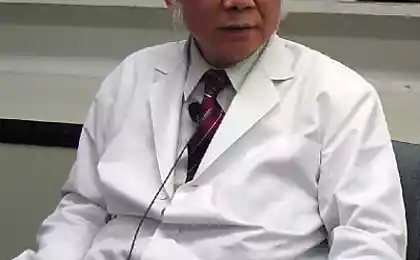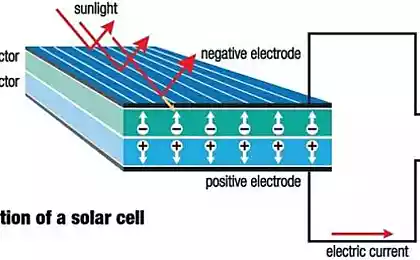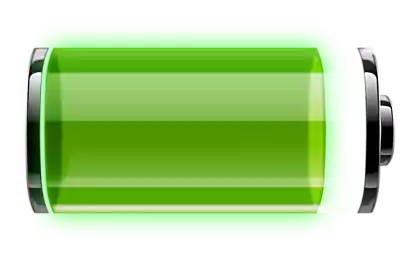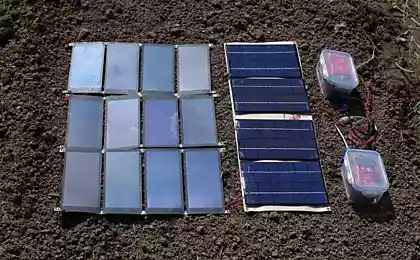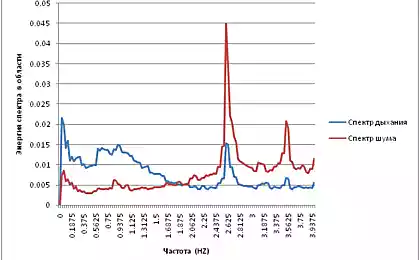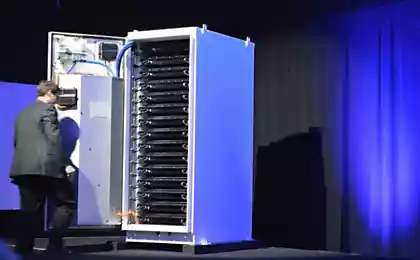443
New liquid battery MIT will solve the complex issue of electricity storage

Scientists at mit proposed an improved battery system, which should be a good replacement of traditional systems of energy storage on a large scale. Donald Sadoway and his colleagues have launched a company to manufacture liquid batteries scale electric network, which are based on the process of separation of the molten materials due to their different density. But last week in the journal Nature has a new article published by Sadoian, Kangly Wang and Kai Jiang, along with seven colleagues, in which scientists picked seven different metals for the molten layers used in a battery previously developed by the team.
Sadoway, Professor of chemistry, materials science, claims the new formula allows the battery to operate at a temperature of 200 degrees Celsius lower than the previous version. In addition to the lower operating temperature, which should simplify the design of the battery and extend its service life, the new iteration will be cheaper.
The battery uses two layers of molten metal separated by layers of molten salt that acts as electrolyte (a layer through which pass charged particles as the charging or discharging of the battery). Since each of these three materials of different density, they are divided into layers, like oil on water.
The original system, using magnesium for one of the battery electrodes and antimony for the other, worked at a temperature of 700 degrees Celsius. With the new development electrodes of lithium and mixtures of lead and antimony will allow you to work at a temperature of from 450 to 500 degrees.
Extended testing has shown that even after 10 years of daily charging and discharging, the system should retain about 85% original efficiency, which is a key factor in attracting investment by utilities.
Currently, the only widely used system for businesses, accumulating energy, is geronikaki when water is pumped into the tank at a height when there is excess capacity, and then flows down through a turbine to generate electricity when needed. Such systems can be used in combination with intermittent sources such as wind and solar energy, and taking into account demand fluctuations. But because of inevitable losses from the friction in pumps and turbines, such systems return about 70% of the energy.

Donald Sadoway
Sadoway, said that the new liquid battery system can already achieve the same efficiency of 70%, and will continue to be better. And in contrast to the hydraulic pump — which is only possible in places with an excess of water and with free flow liquid battery can be placed almost everywhere and in all sizes.
"The point is, we don't need a mount and don't need a lot of water, it gives us a lot of advantages," says Sadoway.
The biggest surprise for researchers was the fact that the electrode based on antimony, and lead, works very well. They found that in that time, as the antimony may give a high operating voltage, and lead a relatively low melting point, a mixture of the two metals reduces the overall melting point without reducing the voltage.
"We were hoping that characteristics of the two metals will be nonlinear. That is, the working voltage will be halved strictly. They were nonlinear, but more than we expected: the voltage did not fall. It shook us".
In addition to providing improved materials for the battery system, scientists have discovered a whole new range of research. In the future, the team will continue to try to combine other metals which can provide an even lower operating temperature, cost, and improve system performance. Liquid metals are working in a fundamentally new way.
Robert Metcalfe, Professor of innovation at the University of Texas who did not participate in the work, said Phys.org the following:
"The Internet gave us cheap and clean method of communication using many kinds of digital storage. Similarly, we decide the issue of cheap and clean energy and its storage. Energy will be more affordable, efficient, inexpensive and able to store more and more energy."
Source: hi-news.ru
Chinese entrepreneur Stephen hung ordered a record number of Rolls-Royce cars
Molluscs have inspired scientists to create a new cyanoacrylate

